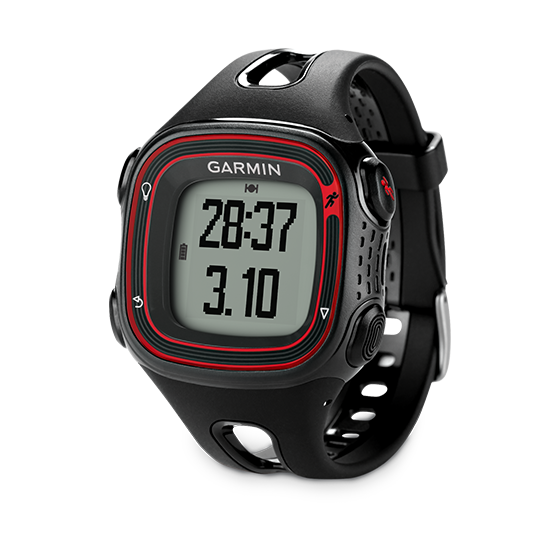When you work out, you constantly need to push yourself to the max, continually trying to outpace or outperform your previous workouts. If you allow yourself to become complacent, you won’t see the gains that you want. At the same time, however, you also need to avoid overtraining. Otherwise, you could set yourself back by causing an injury or leaving your muscles overly fatigued.
One way to ensure that you are working out at the right level is by using a sports watch to track your progress. These watches not only keep track of how far you have gone and how fast you are going but they also keep a detailed record of your heart rate, making it easy to track your progress and look for areas where you could improve.
Picking the right sports watch is not an easy task — especially if you aren’t familiar with watch-related terminology. The information from Outdoorspal below will help you get a better idea of what features are the most important when shopping for an outdoor sports watch.
Heart Rate Monitor Watches
When shopping for a watch, you don’t necessarily need a lot of extra bells and whistles in order to train effectively. All you need is a basic sports watch with a stopwatch (also known as a chronograph) and a monitor that keeps track of your heart rate. Based on your heart rate, you can see at a glance if you are working at the right intensity to increase your endurance, drop a few pounds, or achieve your fitness goals.
Ideally, you should look for a heart rate monitor watch that allows you to enter personalized factors such as your age, weight, and height. This information is used to provide greater accuracy when determining your target heart rate zones. The average lifespan of the battery and the amount of storage that the watch has available are other important factors to consider.
As an example, the Road Trainer by Timex is capable of going without a battery change for as long as 3 1/2 years and has enough memory to store 50 laps worth of data. Watches like this are a great choice for a variety of different types of training including biking, strength training, walking, or jogging.
GPS Tracking Watches With Built-In Heart Rate Monitors
If you want to take your outdoor workouts to a whole new place, you can also look for watches that have GPS tracking. These devices provide you with a lot of additional information about your workout including your location, how far you have gone, the overall speed at which you were moving, and countless other data points. Companies like Garmin are getting into the game with products such as their Forerunner line. These watches allow you to design your own customized interval sessions.
Some of the more advanced models can even be used in conjunction with add-ons like foot pods. These special devices track how many steps you are taking each minute, allowing you to gather even more data about your fitness routine.
Keep in mind that GPS coverage may not be consistent in all of the areas where you workout. For instance, if you are working out indoors or if you are in an area with thick foliage, the GPS unit may not be able to keep track of what you are doing. In cases like these, the foot pod can still be a valuable tool for tracking your steps.
GPS watches are excellent for helping you track your progress when walking, running, or biking.
GPS Watches Without Heart Rate Monitors
If you primarily want to capture the speed and distance of your workout, you may be able to get by with a GPS watch that does not have a heart rate monitor. The Forerunner 10 by Garmin is a great example. These watches not only allow you to keep track of how far you went and how fast you were going but also how many calories you burned during your workout. When compared to heart rate monitor watches, these models tend to be a lot smaller. They also cost less, making them an affordable way to track your workouts.
Watches For Backcountry Workouts
If you are planning on working out in the backcountry, you should consider investing in a watch like the Ambit by Suunto or the Fenix by Garmin. These watches have a variety of features that make them ideally suited for training in out-of-the-way locations.
Not only do they offer all of the tracking abilities of standard GPS watches and heart rate monitor watches but they also have additional features that provide you with even more information. Some of the details these watches gather include your current elevation as well as any changes in the temperature or weather. Typically, these watches feature strong GPS trackers that are capable of maintaining satellite contact even in thick forests or dense vegetation. They are also extremely durable, meaning that they can take a beating without sustaining major damage.
Some Factors To Think About
The size of the watch is an important consideration. Some are definitely bulkier than others. Always try on a watch before buying it so you can see whether or not it is comfortable to wear. When in doubt, choose a watch that has fewer features since they tend to be a little bit smaller.
Also, consider how easy the watch is to use. Find out how it is controlled. For instance, some newer models have touchscreens, making them a little bit more intuitive to use than older models that rely on buttons.
Finally, if you are planning on wearing your watch in wet locations, make sure that the model you choose is waterproof.
